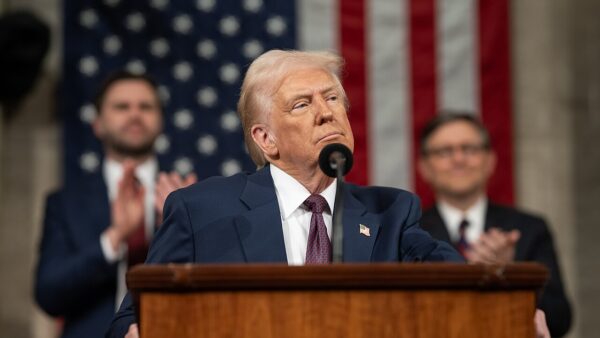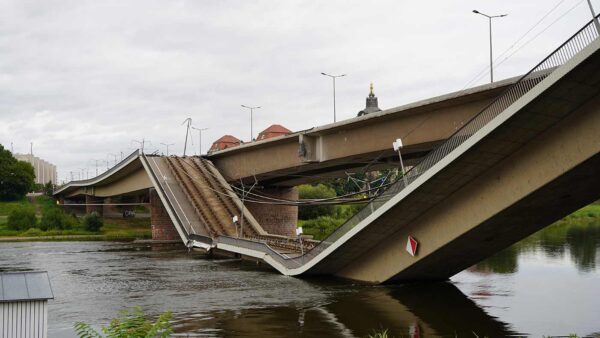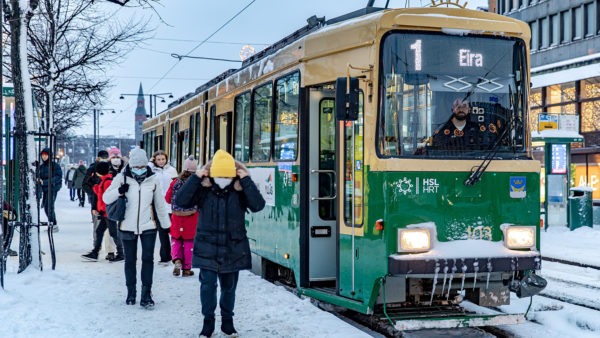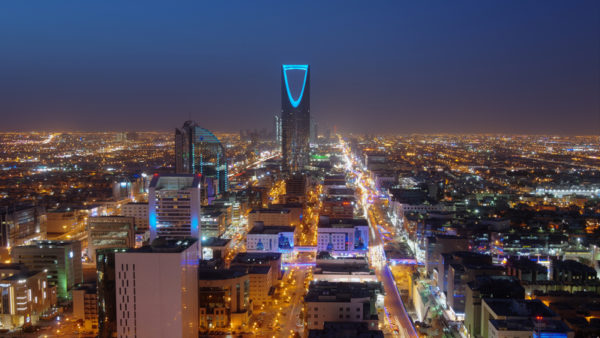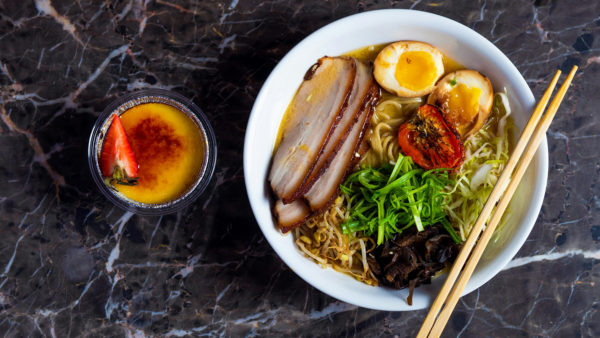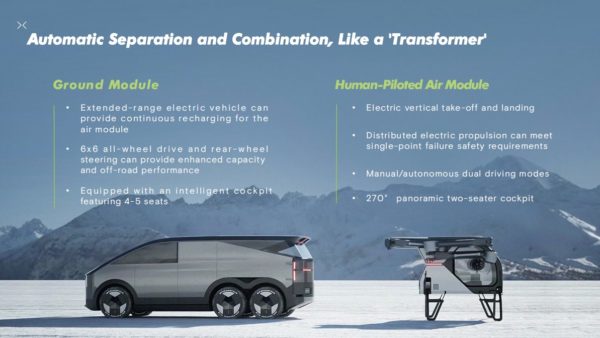Much is at stake for US and European companies enjoying revived trade with Iran following US President Donald Trump’s decision this week to pull out of the Iran nuclear deal and impose fresh sanctions.
Hardest hit will be oil and gas firms, plane makers like Airbus and Boeing, and car makers.
But European engineering and construction firms, recruited in the last two years to help Iran develop its transport infrastructure, could lose out as well.
Siemens, Vinci, and Italy’s Ferrovie dello Stato are among those who have signed deals in Iran’s expanding rail and aviation sectors.
The US Treasury has said that there will be wind-down periods of 90 and 180 days before sanctions are implemented.
European leaders have deplored Trump’s decision, and pledged to uphold the agreement, which was signed on 14 July 2015 by Iran and the five permanent members of the UN Security Council – China, France, Russia, UK, and the US – plus Germany and the European Union (EU).
But it is far from clear what a new US sanctions regime will mean for European countries, or for other US allies who signed deals with Iran when sanctions were lifted.
Right after Trump made his announcement on 8 May, the EU’s foreign affairs chief Federica Mogherini said she was “particularly worried” by the announcement of new sanctions, but she could offer no immediate solution.
“I will consult with all our partners in the coming hours and days to assess their implications,” she said in a statement, adding: “The European Union is determined to act in accordance with its security interests and to protect its economic investments.”
On the same day the leaders of Germany, France and the UK issued a joint statement saying they too remained committed to the nuclear accord, and that Iran should not be subject to sanctions.
What to do?
Experts suggest the EU could try and negotiate exemptions to the new sanctions regime, or even revive a “blocking statute” that prohibits European companies from complying with US sanctions.
However, much depends on how insistent the Trump administration is that its allies follow its lead. The EU will be reluctant to spark a trade war with the US.
Even if the EU takes measures to shield European companies, US sanctions could restrict the availability of international finance for big schemes.
Companies, meanwhile, will make up their own minds. For Siemens and Vinci in particular, the US is a more important customer that Iran.
Iran spread its bets
After the nuclear deal was signed, Iran launched an immense programme to extend its rail network from 15,000km to 25,000km by 2025, with some $25bn of work under way or set to start within five years.
Projects for airport and port development and power generation were also launched.
Companies from China, Russia and South Korea waded in, but Iran spread its bets, welcoming participation from German, French, Italian and other European firms.
Siemens will tread carefully
Keen to sell turbines and locomotives, Siemens was one of the first companies to re-enter the Iranian market.
In October 2015 it agreed to supply 50 locomotives to Iranian Railways, and in August last year Iran claimed the company had agreed a €3bn ($3.5bn) credit line for infrastructure-related contracts.
But Siemens cannot offend its biggest customer, the US, where it employs 50,000 people and earns more than a quarter of its revenues: US sales totalled $23.7bn in 2016, while total sales reached $88.1bn.
Yesterday it said will abide by any sanctions, but is waiting to see how the international community reacts to the American withdrawal.
Chief Financial Officer Ralf Thomas told reporters that from an overall corporate perspective, Siemens’ Iranian business was “immaterial to the company”, and that “we take note that one of the most important industrial countries on the planet has reached a political decision”.
The French connection
A week before the nuclear deal was signed on 14 July 2015, French consultant Arep won an $8m contract to redevelop Iran’s three main railway stations.
The work involved rebuilding stations in the capital Tehran and the cities of Qom and Mashhad, which are Shi’a pilgrimage sites.
Along with its rail revolution, Iran is keen to develop its aviation infrastructure, which opened opportunities for French conglomerates Vinci and Bouygues.
In April last year Vinci’s concessions business was reported to have concluded a deal to renovate, expand and run two airports, Mashhad and Isfahan, Iran’s second and fifth largest.
That followed a memorandum of understanding signed in January 2016 when Iranian President Hassan Rouhani made a state visit to France.
On that same visit, Vinci’s rival Bouygues was signed on to build and run a terminal at Tehran’s Imam Khomeini International Airport (IKIA), but Iranian authorities cancelled that agreement in May last year, saying the French company had not progressed its financial commitments.
Bouygues’ project was understood to be hampered even then by the reluctance of international banks to provide finance, given the Trump administration’s hostility to Iran and the possibility of further US sanctions.
Like Siemens, Vinci will need to tread carefully so as not to upset the US, its more important customer. Last month Vinci announced 10 new concession and management deals for airports in the US, where the company wants to expand.
The Italian job
In July 2017 Iran agreed a €1.2bn deal with Italy’s state-owned Ferrovie dello Stato to build a 135-km high-speed railway between the cities of Qom and Arak.
Earlier, in February 2016, Italy promised Iran €5bn in export credits in return for contracts to build the Qom-Arak line and also a 320-km link between Tehran and Hamadan.
Italy would also provide rolling stock for high-speed and conventional lines, training for Iranian railway managers, and a research centre to develop railway technology.
Friends in the hot seat
Other US allies will find themselves in the hot seat now that President Trump is closing the drawbridge to Iran.
In March 2017 South Korean firms Hyundai Engineering and Daelim Industrial signed deals worth $5.3bn to build a petrochemical plant and improve oil refineries.
India may have to adjust its calculations, as well. It had plans to turn Iran’s Chabahar Port into a transshipment hub for regional trade, over and against the Pakistan-China axis.
In 2016 the government of Narendra Modi approved a $150m line of credit for the expansion. The port was to be operated by Indian entities.
Image: US President Donald Trump meeting Ukrainian President Petro Poroshenko in New York, 21 September 2017 (Palinchak/Dreamstime)





